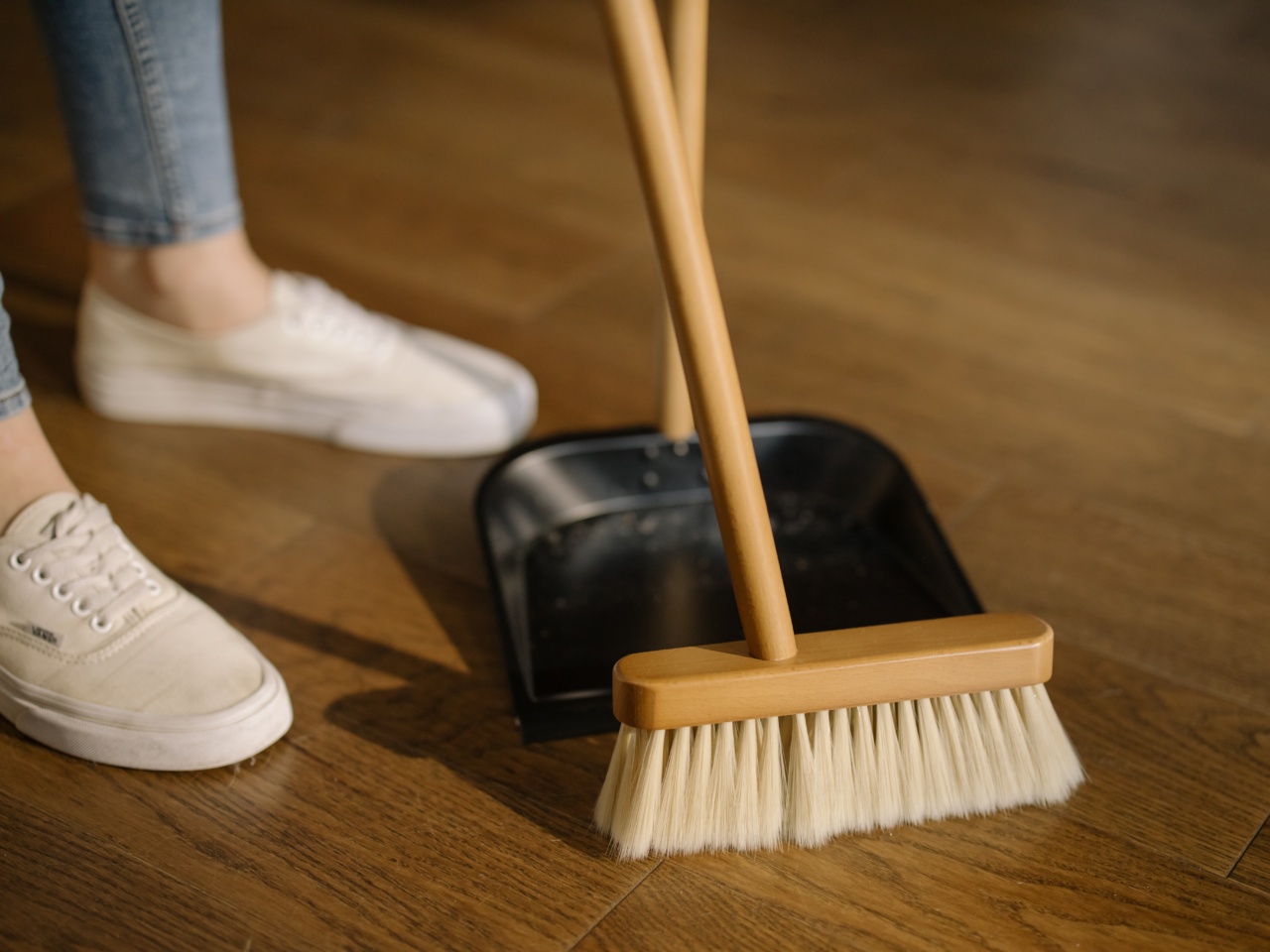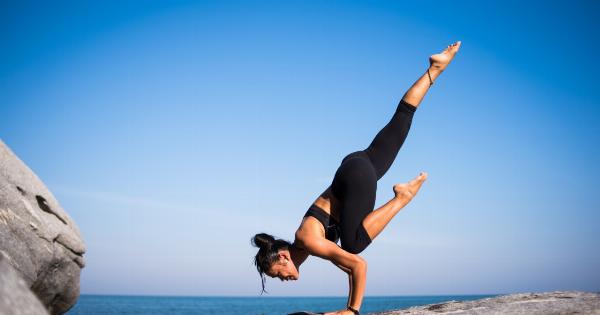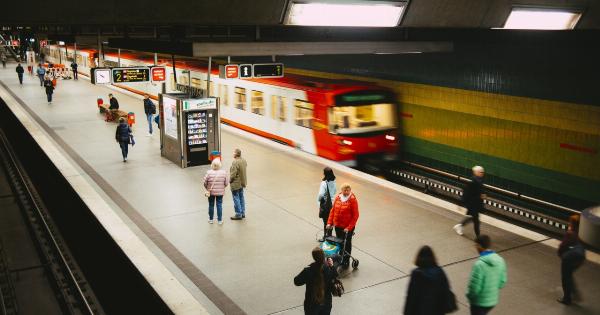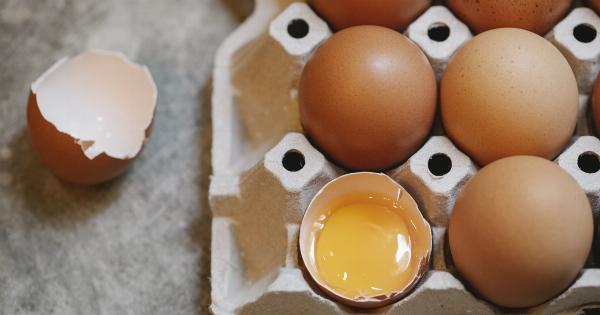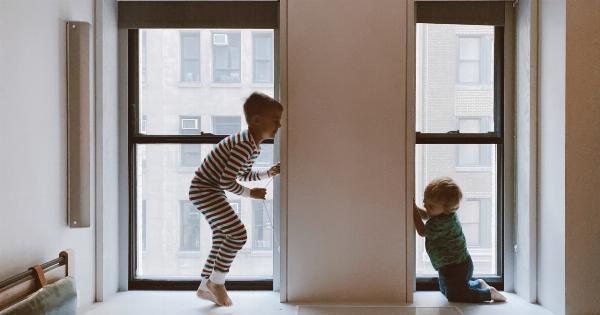As a parent or caregiver, keeping your home safe for kids is a top priority. From crawling infants to curious toddlers and adventurous tweens, each age group presents unique challenges for ensuring their safety.
Here are 30 tips to help you create a safe environment for kids in your home.
Bathroom Safety Tips
The bathroom can be a danger zone for kids. Here’s how you can make it safer:.
- Install toilet locks to prevent drowning.
- Put non-slip mats in the bathtub and shower.
- Keep razor blades, scissors, and other sharp objects out of reach.
- Set the water heater to no more than 120 degrees Fahrenheit to prevent scalding.
- Keep cleaning supplies locked up and out of sight.
Kitchen Safety Tips
The kitchen is full of hazards for young children. Here’s how you can keep them safe:.
- Keep knives, breakable dishes, and other dangerous objects out of reach.
- Use stove guard rails to prevent burns and cook on the back burners whenever possible.
- Lock up dishwasher detergents and other cleaning supplies.
- Make sure your child can’t reach cabinet knobs or handles.
- Don’t leave hot liquids or foods unattended.
Living Room Safety Tips
The living room is where children spend a lot of time playing. Here’s how you can make it a safe space:.
- Secure heavy furniture to the wall.
- Put protective padding on sharp corners or edges.
- Keep all cords out of reach.
- Install window guards to prevent falls.
- Store small toys in a bin or container that your child can’t open.
Bedroom Safety Tips
Your child’s bedroom should be a safe and comfortable place for them to sleep. Here’s how you can make it safer:.
- Use a crib with slats no more than 2-3/8 inches apart.
- Keep pillows, soft toys, and blankets out of the crib.
- Make sure the crib mattress fits tightly.
- Install smoke and carbon monoxide detectors in your child’s room.
- Use a baby monitor with a camera.
Stairway Safety Tips
Stairs can be a major hazard for children. Here’s how you can make them safer:.
- Install a safety gate at the top and bottom of the stairs.
- Install handrails on both sides of the stairs.
- Use slip-resistant treads on the stairs.
- Teach your child to go up and down the stairs with a hand on the rail.
- Don’t leave toys or other objects on the stairs.
Outdoor Safety Tips
Outdoor play is essential for children’s health and well-being. Here’s how you can keep them safe outdoors:.
- Inspect outdoor play equipment for safety hazards.
- Use soft materials under play equipment, such as rubber mats or wood chips.
- Teach your child to look both ways before crossing the street.
- Make sure your child always wears a helmet when riding a bike or scooter.
- Check the temperature and humidity before allowing your child to play outside.
General Safety Tips
These tips are applicable to every area of your home, and will help you create a safer environment for your child:.
- Lock up all medications and store them in a secure location.
- Keep emergency phone numbers posted in a visible location.
- Install smoke and carbon monoxide detectors in every room.
- Keep small objects that could present choking hazards out of reach.
- Create a fire escape plan and practice it with your child.
Conclusion
These 30 tips can help you create a safer environment for your child in your home. Remember to be vigilant and always supervise your child, especially when they’re young.
By taking steps to ensure their safety, you’ll be able to give your child the freedom they need to explore and grow.
